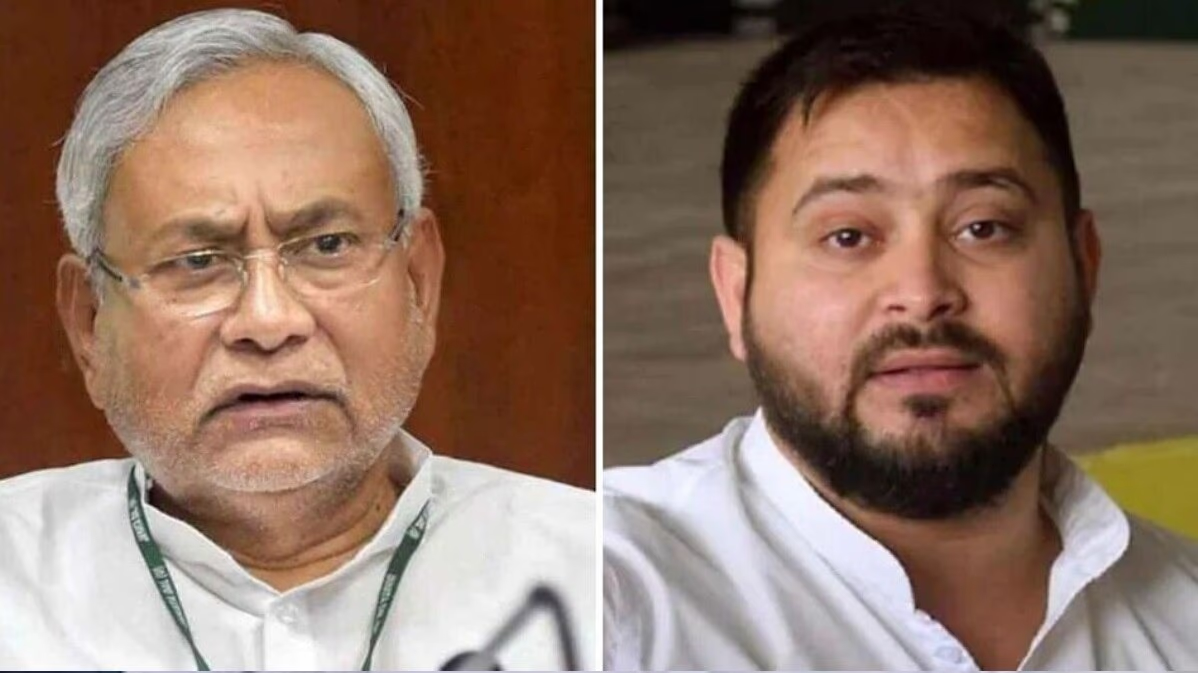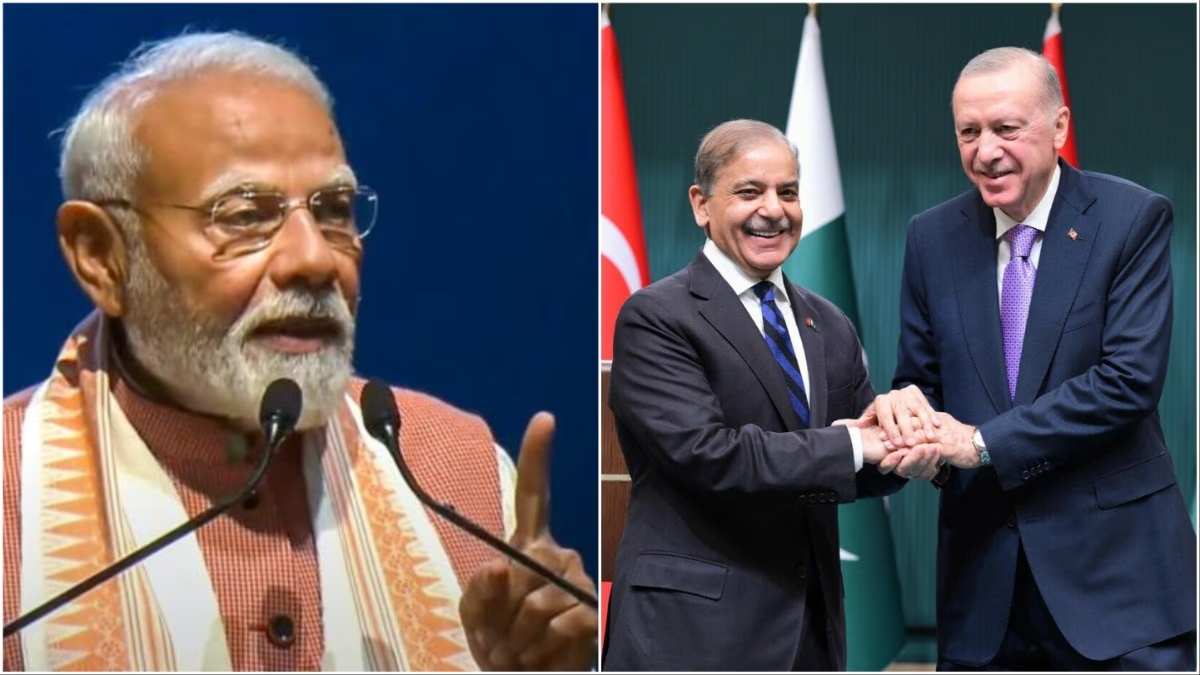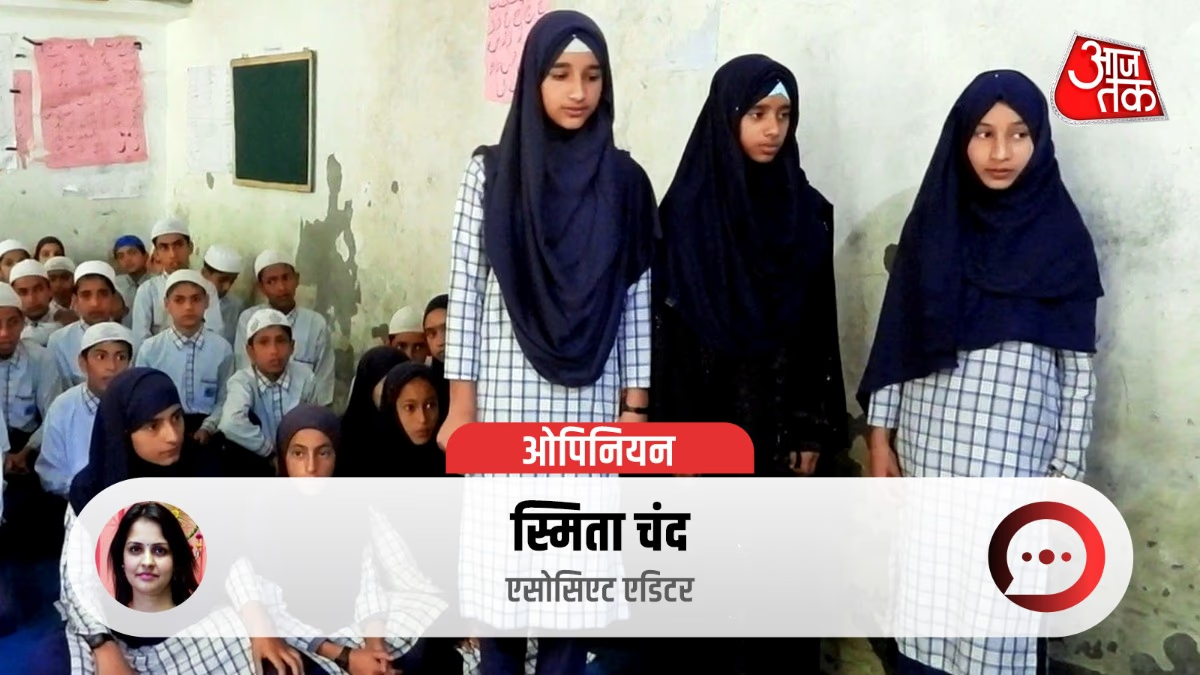Bihar is gearing up for legislative elections set for October-November, with political parties intensifying their preparations. Meetings and alliances among leaders are gaining pace. Just a day ago, Union Minister Jitan Ram Manjhi met with Home Minister Amit Shah. Meanwhile, another Union Minister Upendra Kushwaha held a worker meeting to align the organization into an active mode. Amidst a whirlwind of gatherings, Tejashwi Yadav conducted a review meeting among opposition grand alliance talks. Discussions not only delve into political calculations but also explore localized 'pocket politics'.
In a diverse state like Bihar, political temperaments vary greatly across regions. A critical issue in one area might be irrelevant in another. Floods dominate in some areas while droughts, migration, and infiltration are the pressing concerns in others. Today, we explore the politics of districts bordering Nepal. These seven districts share an international boundary with the neighboring nation. Which districts are these? How many legislative seats are there, and what issues reign here? Let's explore further.
54 Legislative Seats Bordering Nepal
Seven districts in Bihar share their border with Nepal: West Champaran, East Champaran, Sitamarhi, Madhubani, Supaul, Araria, and Kishanganj. Legislative seat counts are as follows: West Champaran hosts nine, East Champaran 12, Sitamarhi eight, and Madhubani ten seats. Araria contains six seats, Kishanganj four, and Supaul five seats. Cumulatively, these seven districts account for 54 of the 243 seats in the Bihar Legislative Assembly. Once a stronghold of the Congress, these districts now stage fierce battles between the Rashtriya Janata Dal (RJD) and Bharatiya Janata Party (BJP).
What Are the Key Issues in Border Districts?
The districts in Bihar abutting Nepal have distinct political issues. Concerns range from infiltration and shifting demographics to fundamentalist activities along the international border. Months before the last Bihar election, an intelligence report highlighted an escalation of fundamentalist activities along the Nepal border. It was noted that numerous mosques and guesthouses have surfaced, heavily funded by the Pakistani organization, Dawat-e-Islami.
Infiltration
Infiltration poses a significant challenge in regions along the Nepalese border. Security agencies have voiced their concerns. The open border with Nepal facilitates unauthorized entry by undesirable elements from Bangladesh and Pakistan into Bihar, subsequently altering demographics in the border regions.
Drug Trafficking
Along with the international border with Nepal, drug trafficking and the circulation of counterfeit currency pose major issues. Even though contraband is occasionally seized at the border, the core issue is the vast, open stretch along Bihar's 600 km border. This terrain, dotted with fields and rivers, serves as a preferred route for smugglers over main roads.
Encroachment
Encroachment emerges as another pressing concern in these border areas. Disputes about land allocations to Nepali citizens in no man's land near the international border persist. Incidents like the recent killing of a local by Nepalese police have further heated the situation. Issues range from jurisdictional ambiguities to land encroachment, often muddled by missing boundary markers, causing confusion about whether one is in Bihar or Nepal.
Crime
Crime represents a substantial concern along the Nepalese border. Shared cultural ties between Bihar and Nepal, including familial roots across the border, complicate criminal pursuits. Perpetrators often cross the border to evade justice after committing criminal acts.




